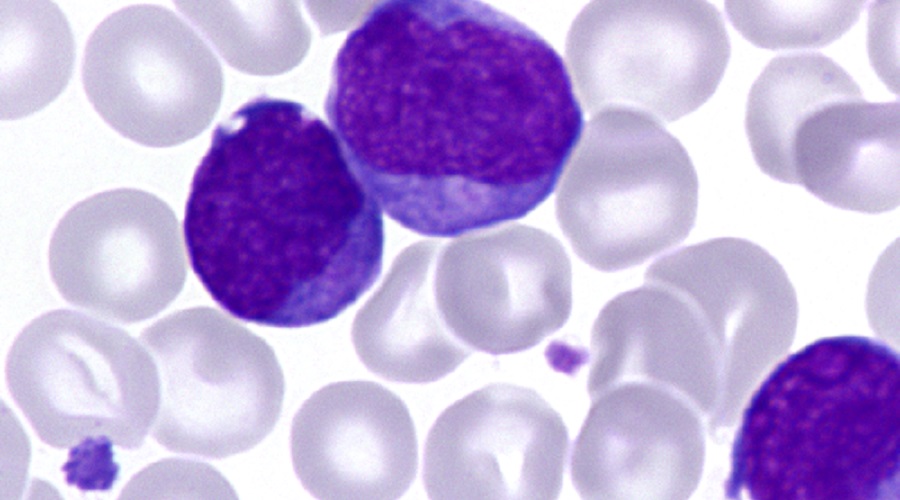
Molecular drivers of leukemia progression from TAM to ML-DS
We are excited to share two publications from our group that went online this week. The first features Dr. rer. nat. Maurice Labuhn’s PhD work and was published in Cancer Cell – a major achievement!! The manuscript is titled “Mechanisms of progression of myeloid preleukemia to transformed myeloid leukemia in children with Down syndrome“.
Down syndrome myeloid leukemia (ML-DS) evolves from transient abnormal myelopoiesis (TAM), a preleukemic condition in newborns with Down syndrome. As TAM cases often go into spontaneous remission, is hypothesized that – besides trisomy 21 and GATA1s – additional genetic hits are required for progression to full-blown leukemia. To define these transforming mechanisms, whole-exon and targeted resequencing was performed on 111 TAM and 141 ML-DS samples, as well as functional validation of certain candidates.
From the genomic side, the study found that TAM requires trisomy 21 and GATA1s, and that additional lesions are usually not pathogenic, whereas ML-DS seems to be driven by clonal and sub-clonal variants that synergize with GATA1s. Indeed, using a multiplex CRISPR/Cas9 screen in an in vivo murine TAM model to test loss-of-function of 22 recurrently mutated ML-DS genes, we saw that loss of 18 of them produced leukemias that phenotypically, genetically, and transcriptionally mirrored ML-DS. In addition, we identified and validated a novel oncogenic hotspot gain-of-function mutation in the cytokine receptor CSF2RB.